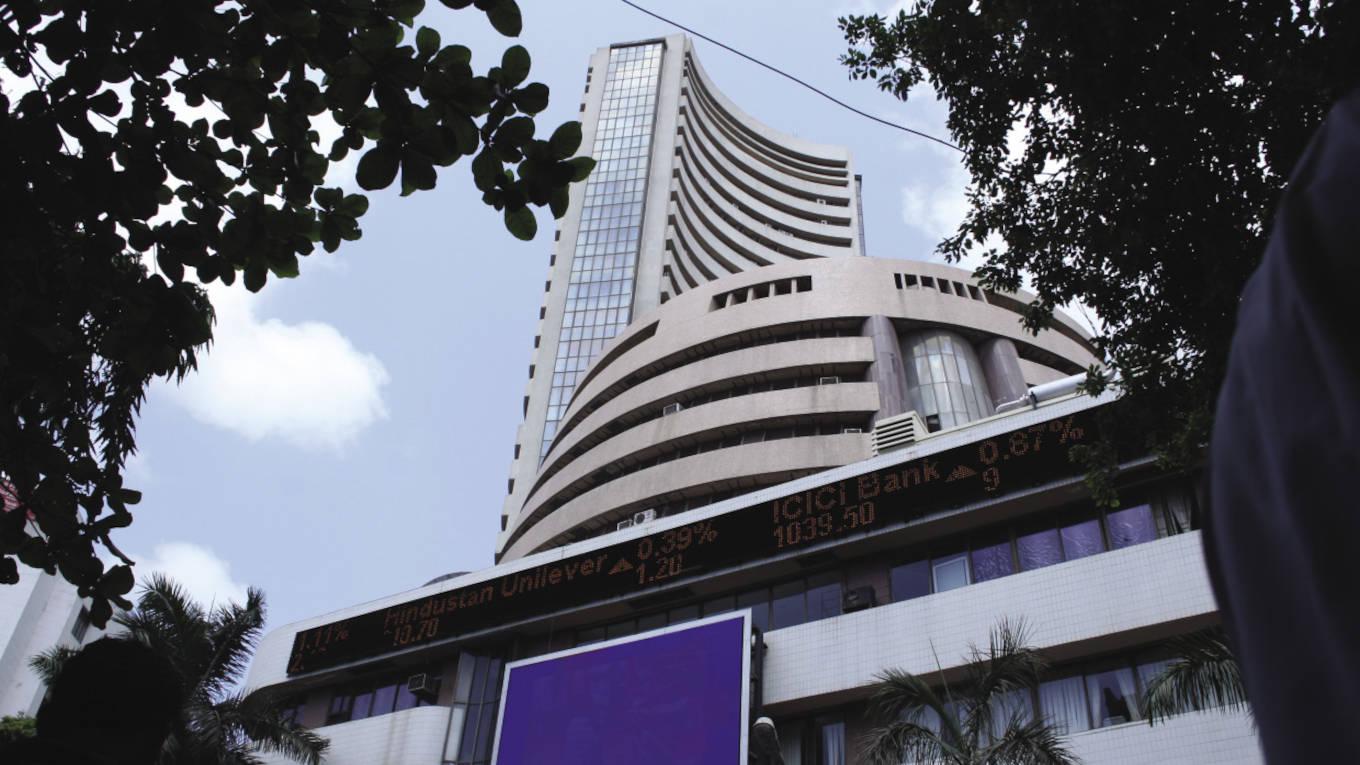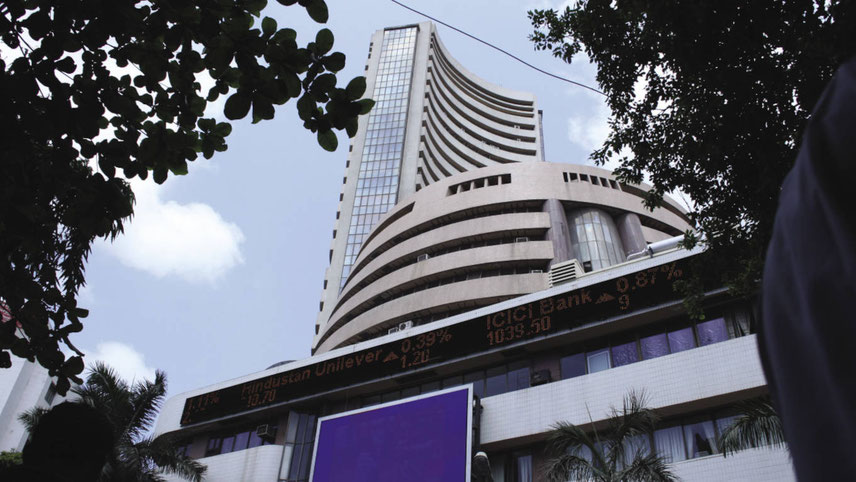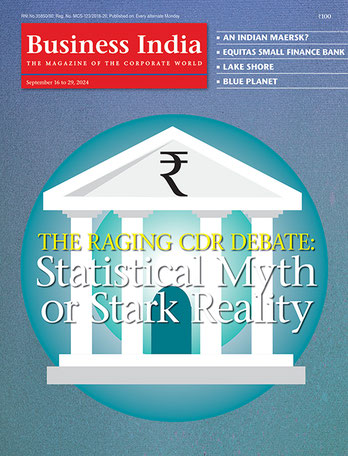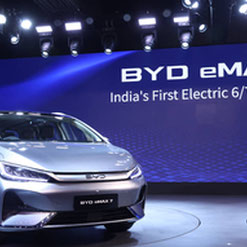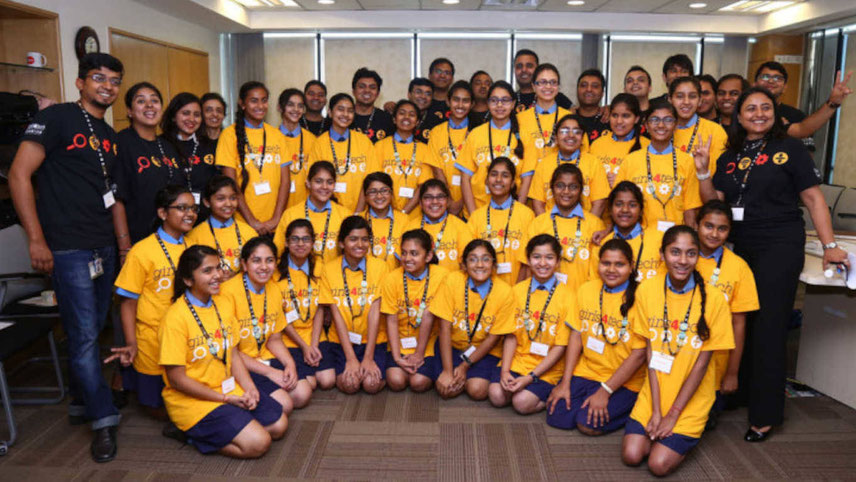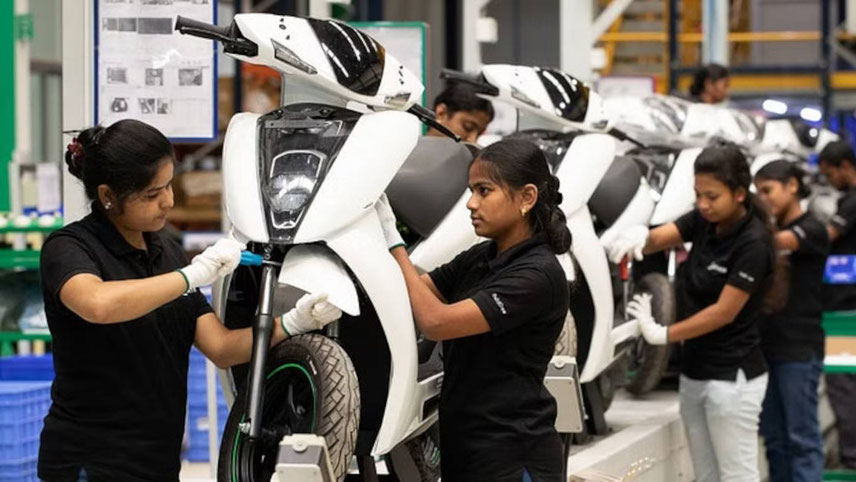-

The next 10 years will be India’s golden period, for both the economy and the markets
Deven Choksey, founder, D R Choksey Finserv
Deven Choksey, founder, D R Choksey Finserv:
The next 10 years will be India’s golden period, for both the economy and the markets. Currently, Indian markets are valued at $5 trillion, surpassing India’s GDP. Over the past 2 years, market wealth has surged by Rs10 lakh crore, reflecting a growth of 30 per cent. This provides a glimpse of the potential growth awaiting both global and Indian investors.
Deven Choksey suggests that investing Rs20,000 per month in equities over the next 10 years with a 30 per cent CAGR could see total investments grow from Rs24 lakh to Rs1.46 crore. Choksey identifies new emerging trends in Green Hydrogen, Renewable Energy, Energy Storage, Semiconductors, and Agri-Tech, which will capitalise on innovative technologies. He highlights the Reliance Group, Adanis, Tatas, and NTPC as the main beneficiaries. Choksey advises investors not to worry about periodic corrections, instead encouraging a long-term growth strategy. Invest for the future. While 30 per cent CAGR may seem ambitious, Choksey believes that, with the right financial advisors, this target can not only be achieved but also surpassed.
-
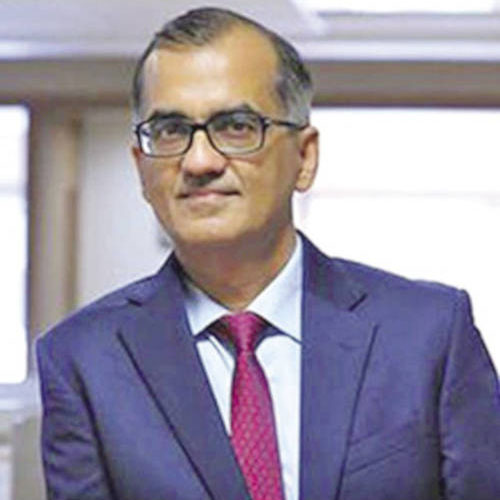
Quality stocks are expected to outperform over a five-year period. Investors without exposure to gold may also consider bonds in gold and silver
Vikas Sachdeva, MD, Sundaram Alternates
Vikas Sachdeva, MD, Sundaram Alternates:
In a volatile market, investors should not sit on cash; they should look at quality stocks. There is an NSE 30 quality stocks index, comprising companies with low leverage, good cash flows, and regular dividend yields. My advice to investors is to shift to these stocks and hold. PSUs, Railways, Defence, and banks were boosted by retail investors with high expectations. However, earnings have not kept pace, resulting in a sharp decline in recent weeks. While some investors may prefer momentum, value, or growth stocks, we focus on quality stocks. For those with a five-year horizon, now is the right time to enter. Quality stocks are expected to outperform over a five-year period. Investors without exposure to gold may also consider bonds in gold and silver. I am not overly concerned about the correction. Corrections occur regularly, and the key is not to panic.
Nifty 30 Quality Index Composition
The quality index includes companies in FMCG like HUL, Nestlé, Britannia, ITC, Dabur, Colgate, and paint companies such as Asian Paints and Berger Paints. Other names are Havells India, Bajaj Auto, and Hero MotoCorp in the auto sector. IT companies include Infosys, TCS, HCL Technologies,
Tech Mahindra, Persistent, Oracle Financial Services Software, and LTIMindtree, as well as L&T Technology Services. PSU stocks comprise Bharat Electronics, Hindustan Aeronautics, Coal India, and IRCTC. Additional companies include Indraprastha Gas, HDFC Mutual Fund, and Divi’s Laboratories.
-

Investors need to shift their focus to the long term. My advice would be not to rush into buying when markets are in correction mode
Vikas Khemani, Founder, Carnelian Asset Management and Advisors
Vikas Khemani, Founder, Carnelian Asset Management and Advisors:
Markets ahead of Diwali remain range-bound, and I expect this trend to continue for another 3–6 months. Is this an opportune time to start buying? I would say no, as there may be further corrections. Investors need to shift their focus to the long term. My advice would be not to rush into buying when markets are in correction mode. I would recommend a stock-specific approach; large stocks offer greater safety in a falling market. I would consider companies in the manufacturing sector and private sector banks. Midcaps are likely to outperform large caps, but large caps provide safety.
-

Investors should not be swayed by rumours and should act according to the advice of their wealth manager
Rahul Jain, President and Head, Nuvama Wealth
Rahul Jain, President and Head, Nuvama Wealth:
Markets are experiencing a significant correction. While this may seem concerning, it’s essential to understand that such fluctuations are a natural part of the stock market cycle. Indian investors, becoming more mature as evidenced by AMFI data, can navigate this period wisely, making strategic decisions to help preserve and grow their wealth over time. They should avoid panic and refrain from discontinuing their SIPs. In fact, during times like these, they can accumulate more units at lower NAVs, benefiting from rupee cost averaging. Investors should not be swayed by rumours and should act according to the advice of their wealth manager. They must have faith in India’s enduring growth story, which continues to unfold positively.
-

I anticipate that markets will get re-rated as the fiscal deficit remains in check and the current account deficit is under control
Jyotivardan Jaipuria, Founder and MD, Valentis Advisors
Jyotivardan Jaipuria, Founder and MD, Valentis Advisors:
Investors will need to temper their expectations and think long-term. Over the past 9 years, we have seen positive returns, which in itself is remarkable. However, volatility will persist and may even increase in the coming period. We have seen a 10 per cent correction so far, which is typical and has occurred in 22 of the last 25 years. Valuations are not cheap at present; one-year forward P/E is at 20x, which aligns with the five-year average. I anticipate that markets will get re-rated as the fiscal deficit remains in check and the current account deficit is under control. Macro-economic factors are sound, and India will continue to be the fastest-growing economy, supporting markets trading at a slight premium.
We are likely to see both a time and price correction as fiscal stimulus starts to be withdrawn and overall growth slows. We may see the impact on earnings over the next one or two quarters. However, on the positive side, interest rates are down, and inflation is under control.
-

We recommend investors to stay disciplined and follow asset allocation strategy, particularly through hybrid and multi-asset allocation schemes
S Naren, ED & CIO, ICICI Prudential AMC
S Naren, ED & CIO, ICICI Prudential AMC:
Although India’s macros look robust, current market valuations are elevated, driven by overly optimistic domestic sentiment, which calls for a cautious investment approach. We recommend investors to stay disciplined and follow asset allocation strategy, particularly through hybrid and multi-asset allocation schemes. These vehicles offer dynamic exposure across asset classes such as equities, debt, commodities, and cash, helping investors mitigate risks associated with overvalued markets and seize opportunities during market corrections.
Recommendation: Everyone aims to invest at the market’s bottom, but pinpointing it is challenging. Investors should start by investing in small amounts, spread over 3-4 months. Start buying during corrections and maintain a long-term perspective. We view financials, pharma, and capital goods favourably. Midcaps are still pricey, with the index trading at 30x, and small caps at 20x – similar to large caps.
-
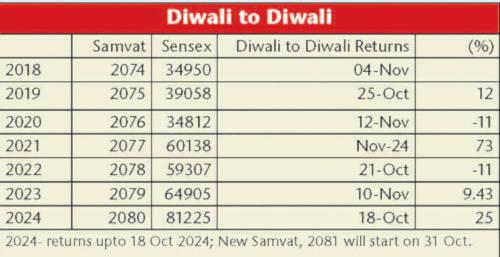
Samvat 2080 has been rewarding for investors, Samvat 2081 may be better
Samvat 2080 has been one of the most rewarding years for investors. Despite the ongoing correction following the sell-off by FIIs, the Sensex has delivered returns upwards of 22.5 per cent. This is the second highest return after the 73 per cent seen in Samvat 2021. The year also saw the Sensex reaching an all-time high of 85,978 on 27 September earlier this year. Elections in India, with the BJP leading the formation of the government, a progressive budget, controlled inflation, and good corporate results in the first quarter all contributed to the favourable sentiment.
Despite relatively strong corporate results, geopolitical factors, rising crude oil prices, and stimulus offered by China to revitalise its economy have led FIIs to be heavy net sellers in October. By the end of October, FPIs are expected to have sold close to R1 lakh crore. If this trend continues, FPIs may end the calendar year as net sellers. Coincidentally, or otherwise, FIIs have been net sellers four times out of the last 5 years in October. This month has seen by far the highest sales which exceed all October sales in the last 5 years.
This October, however, is unique in that domestic investors have been a serious counterbalance to FPIs, absorbing all sales, albeit conceding a 5 per cent dip in the Sensex. If the trend continues, FPIs may be net sellers in calendar year 2024. Currently, they are still net purchasers to the tune of Rs12,000 crore, according to NSDL data, which includes FPI investments in primary markets as well.
Interestingly, FPIs have been in the red only twice in the past 10 years: once in 2018 and the second time in 2022. Will they be negative for a third time? Difficult to say. Having invested Rs1.71 lakh crore in 2023, FPIs must have achieved record profits in 2024.
Factors that could lead FPIs to rerate India include good corporate results in the first and second quarters of 2025, a cessation of hostilities in the Middle East and Russia-Ukraine, and a failure by China to revitalise its economy. India, in any case, is too large a market to ignore for any investor, FPI or otherwise. If past statistics are reliable, after every negative year for FPIs, the following year has seen record inflows.
In 2019, FPIs were net investors to the tune of Rs1.01 lakh crore, and in 2023, they were net investors to the tune of Rs1.71 lakh crore. Following this record, FPI inflows in 2025 could well reach new highs. Indian investors are betting for the long term, and in times to come, domestic investors may likely influence the market as much as, if not more than, FPIs.
